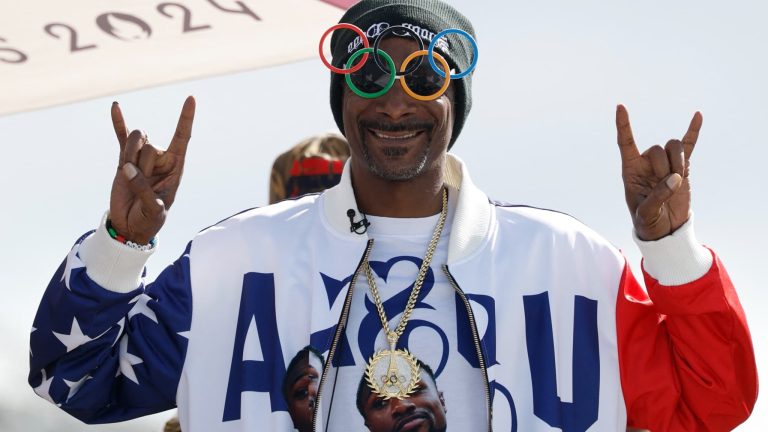France's 10 Richest F1 Drivers: 2025 Fortune Ranking
Richest F1 drivers in France
France has produced a wealth of Formula 1 talent over the decades. Some of these drivers have amassed considerable fortunes thanks to their Grand Prix contracts, prestigious sponsors and judicious investments. Here's the top 10 F1 drivers the richest of France, ranked from the most modest to the most impressive estimated fortune. Each fortune is listed in precise estimated value, and we also detail the highlights of their careers and the main sources of their income.
Top 10 Richest French Drivers in 2025
10. Jean-Éric Vergne - $4 million
Jean-Éric Vergne is best known for his career in Formula Ewhere he won two world championships (2018 and 2019). Before that, he raced in Formula 1 with Scuderia Toro Rosso from 2012 to 2014, alongside a certain Daniel Ricciardo. Although he didn't win a podium in F1, his successful stint in Formula E and his other activities have enabled him to accumulate a fortune of approx. 4 million dollars. This sum may seem modest compared with others, but it's still remarkable for a driver who hasn't had a wheel in a top F1 team.

Vergne's fortune comes mainly from his Formula E salarieswhere top drivers can earn around 2 million euros a year. Added to this are his F1 test driver (he was a simulator driver for Ferrari in 2015-2016) and personal sponsors acquired during his career. After F1, Vergne co-founded the team Veloce Racing and became involved in endurance racing (with Peugeot in the WEC), thus diversifying his sources of income. His career path shows that it is possible to bounce back from F1 and make a good living from motor sport.
9. Sébastien Bourdais - $5 million
Sébastien Bourdais dominated Champ Car in the United States in the mid-2000s, winning four consecutive titles in this discipline (from 2004 to 2007). This success on the other side of the Atlantic opened the door to Formula 1 racing with Toro Rosso in 2008, alongside the young Sebastian Vettel. Despite his success in Champ Car, Bourdais did not enjoy the same success in F1, retiring from the championship in 2009. Nevertheless, his career as a whole has earned him an estimated fortune of 5 million dollars.

Bourdais earned most of his money with his Champ Car/IndyCar contracts - where champions could earn comfortable salaries - and its F1 seasons (Toro Rosso paid him a significant annual salary for a rookie). After F1, he returned to IndyCar, and is now making a name for himself in Endurance championships (IMSA)This ensures a steady income for Bourdais as a professional driver. At the same time, Bourdais has been able to count on personal sponsors and victory bonuses for his US titles. He may not have reached the financial heights of some of his compatriots, but he has capitalized on his driving talent on several continents.
8. Olivier Panis - $5 million
Olivier Panis will always be last French driver to win a Formula 1 Grand Prix in the XXᵉ century, thanks to his memorable exploit at the 1996 Monaco GP. A respected driver, he raced in F1 from 1994 to 2004 (Ligier, Prost Grand Prix, BAR, Toyota) and scored several podium finishes. His longevity in the sport and his subsequent roles (test driver for Toyota, then manager) enabled him to amass a fortune estimated at around 5 million dollars. This estimate reflects a solid career, even without having driven for the very best teams.
Panis first earned his living through his Grand Prix driver salaries. In his heyday at BAR Honda or Toyota, he earned several million a year in salary. He also benefited from premiums (His victory in Monaco and his podium finishes have earned him handsome bonuses from racing teams and sponsors).

After his career as a regular driver, Panis remained active by becoming advisor and manager - he co-founded an endurance racing team (Panis Racing) and advised young drivers. These activities, together with occasional TV consultancy contracts and investments, have consolidated his wealth. Olivier Panis shows that a prolonged F1 career, even without a world title, can lead to a comfortable financial situation.
7. René Arnoux - $10 million
A key figure in the 1980s, René Arnoux won 7 Grand Prix in Formula 1, driving for Renault and then Ferrari. He finished third in the world championship in 1983. Less publicized than his contemporary Prost, Arnoux nonetheless pursued a successful career and skilfully turned his hand to other pursuits once he had hung up his helmet. His personal fortune is estimated at around 10 million dollarsthe fruit of his sporting and business careers.
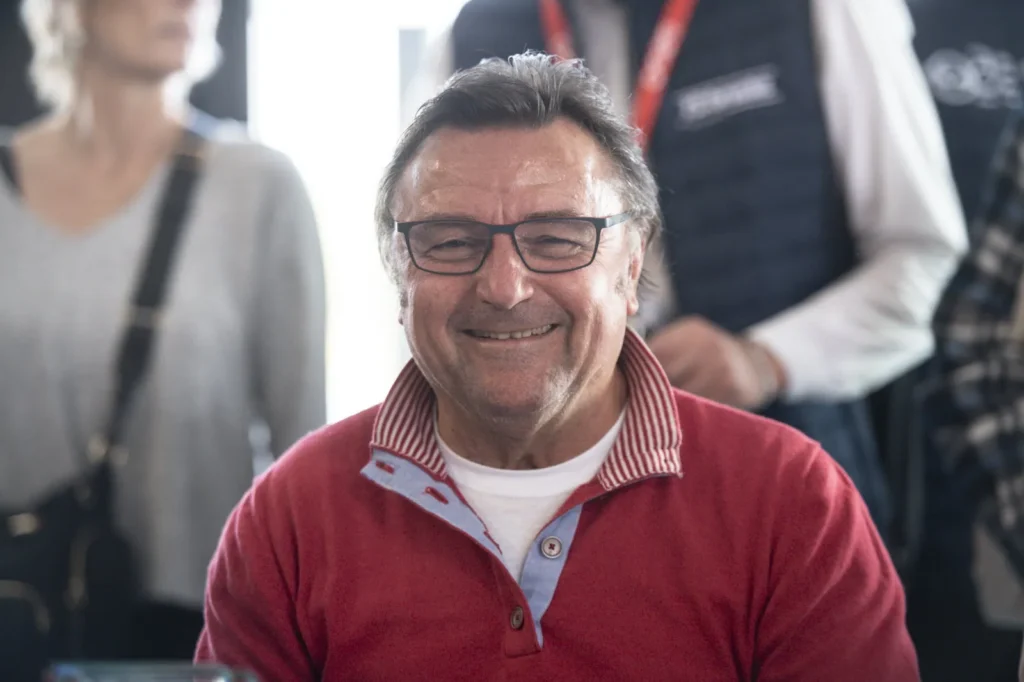
During his F1 years, Arnoux benefited from well-paid pilot contractsHe also worked for Ferrari - a team known for paying its drivers well, especially those who won races. After his retirement in 1989, he invested in the business René Arnoux set up a indoor karting and manages several companies (he is said to own two plants in France). These off-track activities have considerably increased his assets. He also continues to appear as a guest at historic F1 events, maintaining his notoriety. Arnoux is a good example of how a driver can diversify his income after F1, combining passion for motorsport and entrepreneurial spirit.
6. Romain Grosjean - $16 million
Romain Grosjean enjoyed a notable career in Formula 1 during the 2010s, climbing to 10 podium finishes with Lotus (including a third-place finish in the 2013 constructors' championship). Although he never won a Grand Prix, he established himself as a reliable driver, then brilliantly negotiated his transition to IndyCar in the USA after 2020. Today, Romain Grosjean's fortune is estimated at 16 million dollars.
Grosjean has won significant salaries in F1He was also a member of the Lotus team, where he had a contract as number 1 driver alongside Kimi Räikkönen and then Pastor Maldonado, and later with Haas. By the end of his F1 career, for example, his annual salary at Haas was in the region of $2-3 million. Added to this were personal sponsorship contracts (he has been an ambassador for watchmaking and automotive brands). After his spectacular accident in 2020, he joined theIndyCar where his fees remain high for an experienced pilot.

Off the track, Romain has diversified his activities: he founded his own e-sport team (R8G)published an autobiographical book and launched a karting line in France. These initiatives, combined with prudent management, have consolidated his financial situation. Grosjean illustrates the career of a modern driver who knows how to leverage his reputation in a number of areas.
5. Jacques Laffite - $19 million
Jacques Laffite was one of the French F1 stars of the 1970-1980s. Winner of 6 Grand Prix and long-time record holder for the most GP starts by a Frenchman (176), he made history with the Ligier stable. After his career was interrupted by an accident in 1986, Laffite became a renowned consultant and commentator on French television (notably TF1). Over the years, he accumulated a fortune estimated at 19 million dollars.
Jacques Laffite's fortune was built in several stages. First, through his F1 driver income at a time when salaries were starting to rise (at Ligier, he was the team leader, which ensured him a good annual salary and substantial victory bonuses). Then, after F1, he remained in the spotlight as a TV consultant for over 20 yearsThis has provided him with a stable and comfortable income.
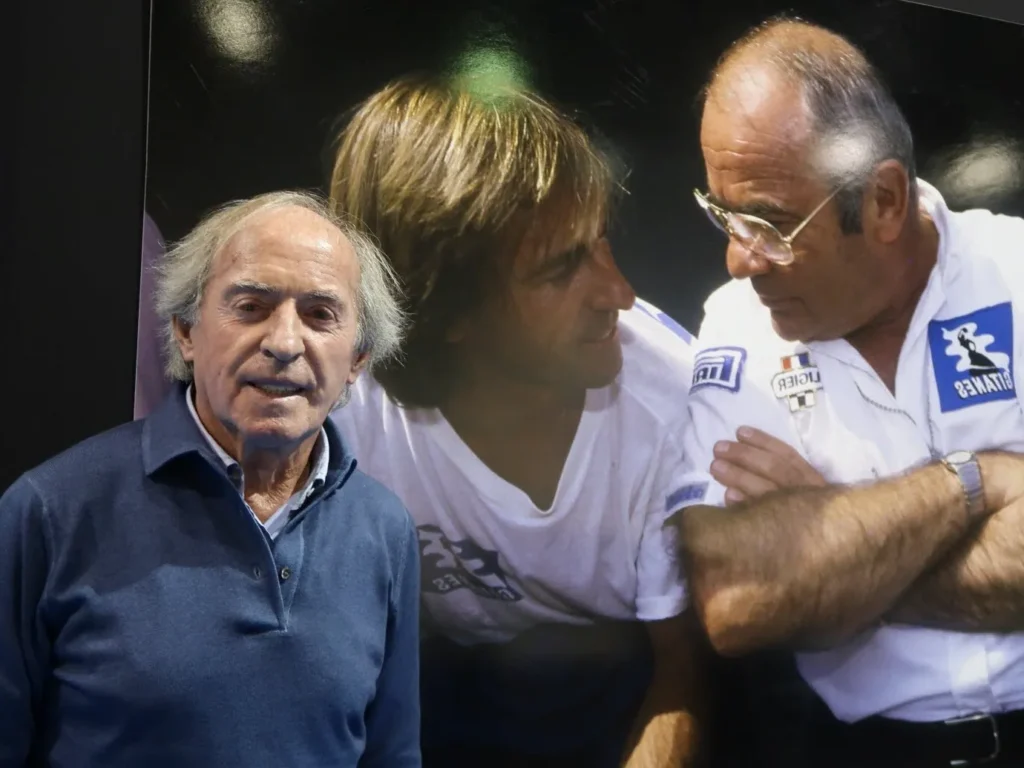
He has also participated in historic races and took on ambassadorial roles for car brands, capitalizing on his reputation. Finally, Laffite was able to personal financial investments over time (real estate, etc.), guaranteeing his prosperity. His exemplary career on and off the racetrack has enabled him to achieve this respectable fortune.
4. Esteban Ocon - $21 million
Esteban Ocon is one of a young generation of French drivers who have made a name for themselves in Formula 1. From a modest background, he has risen through the ranks of motor sport thanks to his talent, culminating in winning the Hungarian Grand Prix 2021 with Alpine. At just 27, he already has over 100 GP starts to his name and a promising future ahead of him. His current net worth is estimated at 21 million dollarsThis is a reflection of the salaries and contracts he earned during his career.
Ocon's main source of income is his official driver's salary at Alpine F1. After starting out with Force India (where his salary was around €185,000 for the rookie season), he signed a much more lucrative contract with Alpine (Renault). In 2023, his annual salary is estimated at around 5 million eurosand Alpine has extended it until 2024, securing future revenues.
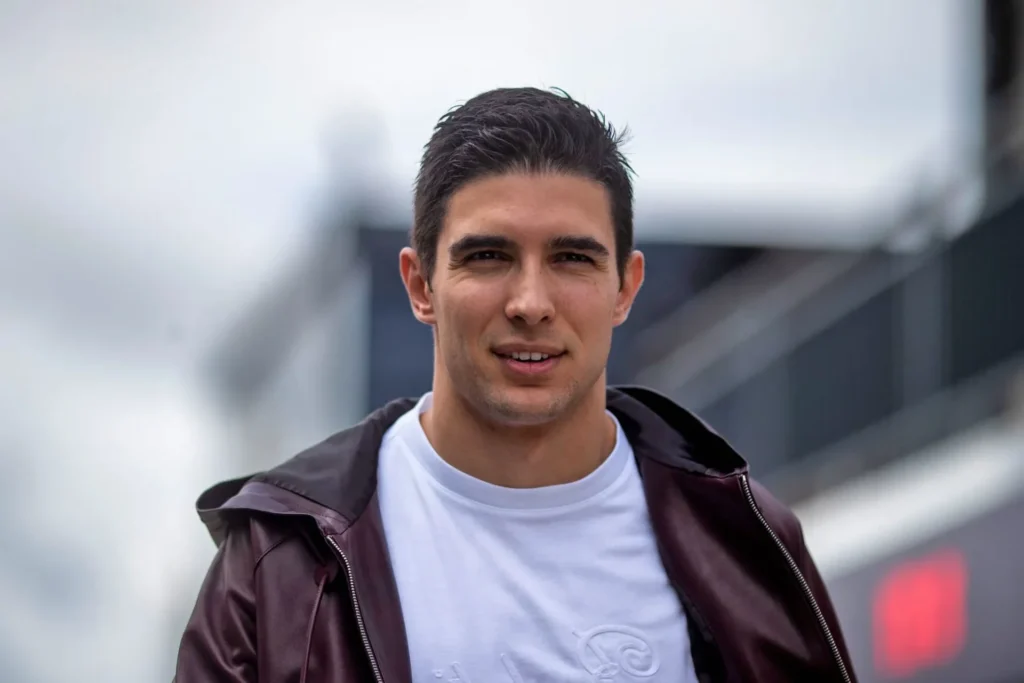
Ocon also benefits from performance bonuses (His victory in Hungary earned him a handsome bonus from the team). In terms of sponsorship, having been supported by Mercedes from the outset, he has had partnerships with brands linked to his teams (notably automotive parts manufacturers and watchmakers via Alpine). Finally, Ocon recently invested in thereal estatefollowing the example of many drivers who invest their winnings. Starting from nothing, Esteban Ocon is proof that sporting success and good management can quickly build up a considerable fortune.
3. Pierre Gasly - $33 million
Pierre Gasly revealed himself to the general public with a dazzling win in the Italian Grand Prix 2020 in Monza, giving France its first F1 victory in 24 years. After starting out with Toro Rosso and a spell with Red Bull, Gasly returned to the front with AlphaTauri, before joining Alpine in 2023. At the age of 29, he's at the peak of his sporting maturity. His fortune is estimated at $33 millionmaking him one of today's most affluent French drivers.
Gasly initially benefited from the Red Bull Junior program, but it's mainly his recent F1 contracts that have swelled his fortune. At AlphaTauri, his annual salary has risen from €1 million in 2019 to around €5 million in 2022, thanks to his good results. His transfer to Alpine was accompanied by an estimated increase of more than $10 million a year salary. In addition to this income personal sponsors Pierre Gasly is backed by brands such as Hawkers (eyewear) and has collaborated with jeweller Blimp.
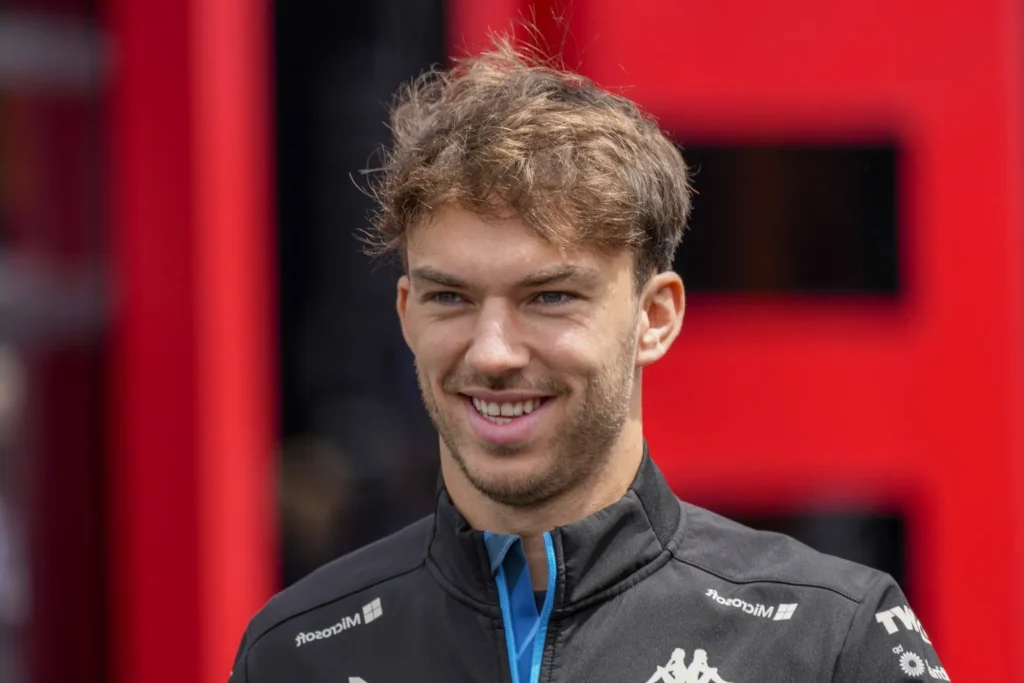
He has also launched his own streetwear line, capitalizing on his image with the younger crowd. Away from the circuit, Gasly lives partly in Dubai and Milton KeynesAll these factors combine to explain his rapid growth in wealth. All these factors combined explain the rapid growth of his wealth, which could increase even further if he continues his F1 success.
2. Jean Alesi - $50 million
Jean Alesi, darling of the Ferrari tifosi in the 90s, has only won only one Grand Prix (Canada 1995), but accumulated podium finishes (32 in all) and prestigious contracts. Ferrari driver from 1991 to 1995, then with Benetton, Sauber, Prost GP and Jordan, he spent more than a decade in F1. His combative style and popularity have earned him handsome remuneration packages, to the extent that his current fortune is estimated at 50 million dollars.
Jean Alesi's career has earned him significant pilot salaries - Ferrari, for example, paid him several million dollars per season as leader alongside Prost and then Berger. At Benetton in 1996-97, he also enjoyed a high contract, succeeding champion Schumacher. In addition to salaries, Alesi signed lucrative advertising contracts at the height of his career, notably with brands such as Shell (oil company) and personal sponsors in Italy and Japan (being married to actress Kumiko Goto, he is very popular in Japan).

After F1, Alesi raced in the DTM and took part in the 24 Hours of Le Mans, extending his driving income for a few years. He also invested in a wine estate near Avignon, being a great lover of wine. Jean Alesi also held honorary positions (Lotus F1 Team ambassador, member of the FIA Drivers' Commission), often accompanied by directors' fees. An entrepreneur at heart, he has diversified his assets far beyond his on-track earnings.
1. Alain Prost - $100 million
Alain Prost, nicknamed "The Professoris not only the most successful French F1 driver in history (four world championships in 1985, 1986, 1989 and 1993), but also the richest. With 51 Grand Prix victories, he held the record for most wins for a long time. After retiring from racing, he founded his own team (Prost Grand Prix) and remained an influential figure in motor sport. Alain Prost's fortune estimated at between $70 and $100 millionwith the most common estimates putting it at around 100 million dollars.
Prost's wealth was built on several pillars. On the one hand, his pilot salaries in the 1980/90s were among the highest on the grid - McLaren and then Ferrari paid him record amounts for the time (we're talking over 10 million $ per year at the end of his career at Williams in 1993). Added to this were performance bonuses for each of his world titles and race wins.

Prost also benefited greatly from personal sponsorship contracts throughout his career, with brands such asElf, Renault or TAG Heuerattracted by his image as a serious champion. After leaving the driving seat, Alain Prost founded and ran his own own F1 team (Prost GP) from 1997 to 2001 - an entrepreneurial adventure which, while challenging in sporting terms, strengthened his management skills.
Thereafter, he remained involved as a consultant (notably for Renault F1 until 2022) and investor. He has diversified his assets through investments in thereal estate and became an ambassador for various technological projects (such as Formula E in its early days). This ability to multiply lucrative activities, combined with his exceptional career, explains why Alain Prost now dominates the rankings of France's wealthiest drivers.
Conclusion
This ranking of richest French F1 drivers in 2025 sheds light on the incredible financial trajectory of some of motorsport's most emblematic figures. From the steadfastness of Jean-Éric Vergne to the living legend of Alain Prost, each driver has managed to diversify his or her income - salaries, sponsors, performance bonuses and judicious investments - to build up an exceptional fortune. Their success demonstrates that, in the cut-throat world of F1, on-track talent and entrepreneurial spirit combine to create colossal fortunes, inspiring the new generation of drivers to aim ever higher.
FAQ on the wealth of French F1 drivers
Who is the richest French F1 driver?
No surprise there, Alain Prost is the richest French driver in history, with an estimated fortune of around $100 million. His four world titles and his post-career activities (Prost GP team, consultancy, investments) have enabled him to far outstrip the other French drivers in terms of wealth. Behind him is Jean Alesi (around 50 million), followed by current drivers such as Pierre Gasly and Esteban Ocon, whose fortunes hover around the tens of millions mark.
How do F1 drivers earn their money outside of Grand Prix salaries?
In addition to their stable salaryF1 drivers derive substantial income from their racing activities. sponsors and advertising contracts. For example, a driver can become the face of a watch, energy drink or car brand, and earn millions in endorsements. They also receive performance bonuses (victories, titles, points scored) paid for by the team or sponsors.
Many pilots invest their winnings in financial investments or real estateThis makes their fortunes grow over the long term. Finally, some launch motorsport-related companies (racing teams, driving schools, e-sports...) or become media consultants, adding new sources of income to their palette.
Can the new French drivers (Gasly, Ocon) become as rich as Prost or Alesi?
They're well on the way to it, but it will depend on their results and the longevity of their careers. Pierre Gasly and Esteban Ocon have already accumulated assets of around $30 million and $20 million respectively in just a few seasons. If they manage to score further victories, or even play for the world title in the future, their salaries will rise and they will attract even more sponsors, swelling their fortunes.
On the other hand, without major results, their income could plateau. Let's not forget that Prost raced for 13 seasons and won 4 titles: it was this extraordinary track record that enabled him to negotiate extremely lucrative contracts. The new generation has the potential to shine both athletically and financially, but matching Prost will remain both a sporting and commercial challenge.
Do all French F1 drivers come from wealthy families?
Not at all. Contrary to popular belief, not all drivers grew up rich. Esteban Ocon is the best example of this: his parents had to make huge sacrifices (selling the family home, living in a caravan) to finance his karting debut. Pierre Gasly wasn't born rich either, even if he was able to count on the support of federations and sponsors fairly early on.
Others, on the other hand, have had a wealthy family background or have been involved in racing: Jean-Éric Vergne benefited from his father's karting, Sébastien Bourdais is the son of an amateur pilot, and Jacques Laffite is Jean-Pierre Jabouille's son-in-law, which helped him in his early days. But in the end, whether you come from a modest or affluent background, it's talent and hard work that have enabled these drivers to reach F1, and then build their own wealth. Personal merit and results on the track remain the determining factors in a Grand Prix driver's financial success.


